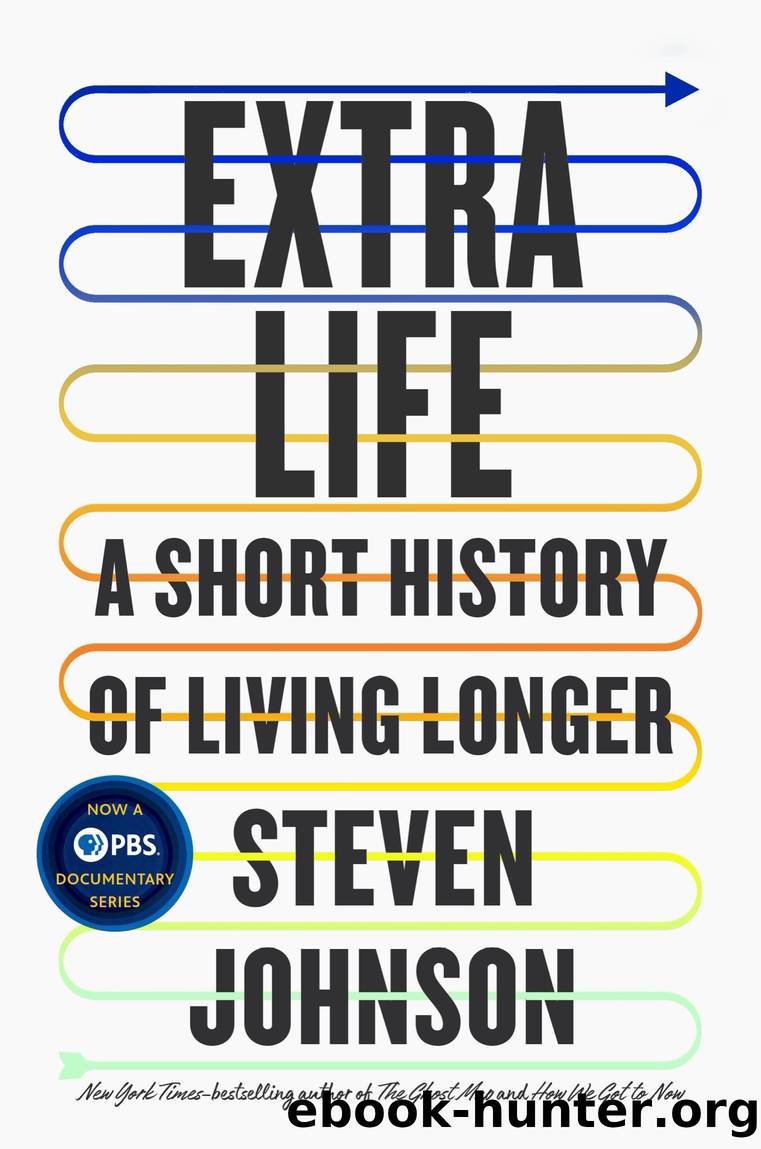Extra Life by Steven Johnson

Author:Steven Johnson [Johnson, Steven]
Language: eng
Format: epub
Publisher: Penguin Publishing Group
Published: 2021-05-11T00:00:00+00:00
President John F. Kennedy presents the Presidentâs Award for Distinguished Federal Civilian Service to Dr. Frances Kelsey, 1962
(WDC Photos / Alamy Stock Photo)
Yes, bureaucracies can stifle innovation. Yes, some regulations can linger well past their sell-by dates. We need better mechanisms to prune outdated codes. But where medicine is concerned, the benefits of government oversight are vividly rendered in the sheer scale of the lives saved once the so-called bureaucrats were empowered to actually investigate the safety of the drugs being sold to the American people. Those benefits have real numbers behind themâ104 people who lost their lives to Elixir Sulfanilamide would have survived had the FDA done the simplest animal tests on the drug; and thousands of Americans might never have been born or might have come into the world with terrible physiological disadvantages had Frances Oldham Kelsey arrived on the job sixty days too late.
Like the Elixir Sulfanilamide crisis before it, the thalidomide scandal immediately opened doors to new legislation that activists had been unsuccessfully promoting for years. Within a few months of thalidomideâs being pulled off the market, Congress passed the landmark Kefauver-Harris Drug Amendments that radically extended the demands made on new drug applicants. The amendments introduced many changes to the regulatory code, but the most striking one was this: for the first time, drug companies would be required to supply proof of efficacy, not just safety. It wasnât enough for Big Pharma to offer evidence that they werenât poisoning their customers. Now, at long last, they would have to actually show proof that they were curing them.
The chronology here seems absurd on the face of it. How is it possible that we started asking the pharmaceutical companies for empirical success rates only a half century ago? But the truth is that the question of efficacy was a harder one to answer back when Frances Oldham first arrived at that University of Chicago lab. In 1937, the FDA couldnât have reasonably asked for proof of efficacy because the world of experimental medicine didnât have a standardized way of establishing successes or failures. But by the time Frances Oldham Kelsey showed up for her first day of work at the FDA in 1962, it did. Something fundamental changed in the quarter century that separated the two crises. Human beings had acquired a new superpower. It was not a superpower that looked impressive on the newsreels, like dividing the atom, or sending astronauts into space. It was a medical breakthrough, but not one that involved syringes or chemistry. It was closer to Farrâs life tables: a breakthrough in the way we looked at data. The formal name for the innovation was randomized, controlled double-blind trials, usually referred to with the shorthand RCT. Of all the late arrivals of intellectual and technological historyâthe bicycles and the typewritersâthe RCT may well be the most puzzling, and the most consequential.
Download
This site does not store any files on its server. We only index and link to content provided by other sites. Please contact the content providers to delete copyright contents if any and email us, we'll remove relevant links or contents immediately.
I Have Something to Say by John Bowe(3282)
What Happened to You? by Oprah Winfrey(1470)
Doesn't Hurt to Ask by Trey Gowdy(1398)
Einstein: His Life and Universe by Walter Isaacson(1314)
Solutions and Other Problems by Allie Brosh(1027)
Disloyal: A Memoir by Michael Cohen(1020)
American Dreams by Unknown(858)
Don't Call it a Cult by Sarah Berman(833)
Infinite Circle by Bernie Glassman(827)
Group by Christie Tate(808)
Home for the Soul by Sara Bird(806)
Talk of the Ton by unknow(733)
The Silent Cry by Cathy Glass(680)
Total F*cking Godhead by Corbin Reiff(662)
Severed by John Gilmore(651)
Searching for Family and Traditions at the French Table by Carole Bumpus(647)
The Battle of Mogadishu by Matt Eversmann & Dan Schilling(610)
Things I Wish I Knew Before My Mom Died by Ty Alexander(599)
Before & Laughter by Jimmy Carr(595)
